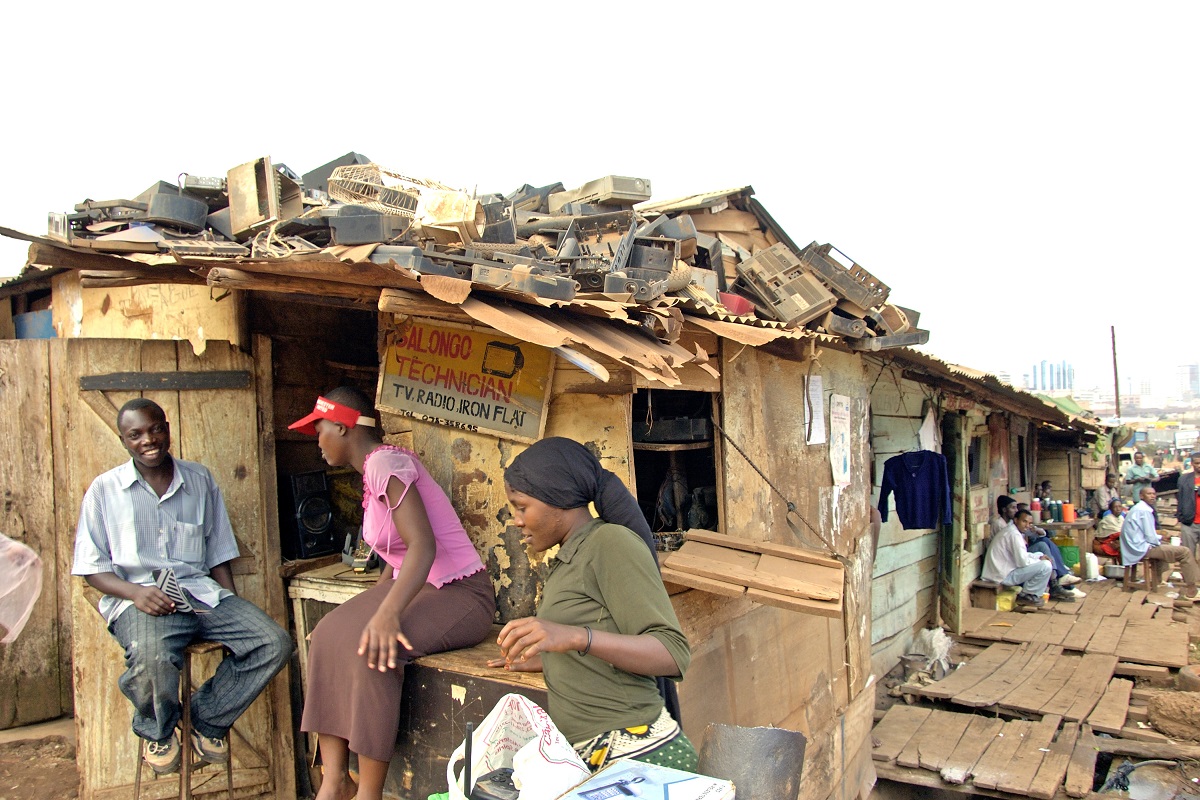By Patricia Liola Tona Katto, Gloria Seruwagi, Nansozi K. Muwanga and Paul I. Mukwaya
It is no question that Uganda has a large youth population, with UNICEF stating it is the second most youthful population in the world. In 2022, nearly half (49%) of Uganda’s population was below 15 years of age and 21% were aged between 15 and 24.
Whilst a youth bulge could provide Uganda with immense developmental opportunities, the potential of urban youth has been stifled by the socioeconomic challenges that plague them. These challenges include unemployment and underemployment, drug and alcohol abuse, violence and insecurity, teenage pregnancy and underage marriage.
The myriad of challenges has attracted several key developmental actors with interventions to assist Ugandan urban youth in navigating transitions from childhood to adulthood. Despite the large number of key actors, the livelihoods of young people in Uganda – more specifically those living in informal settlements – are still deteriorating. This begs the question, are there too many cooks in Kampala’s youth and capability development kitchen?
Role of the government and KCCA
The primary responsibility for shaping the course of youth engagement in Kampala rests with the central government and Kampala Capital City Authority (KCCA), the government body legally obligated to administer the city. As informal settlements are home to a substantial proportion of young people in Kampala (the exact number or proportion is currently undocumented), this demographic wields significant political influence and has the most to gain – and lose – from the youth interventions provided by the central government and KCCA. Their influence was demonstrated in the 2021 national elections, when they played a pivotal role in ensuring that Robert Kyagulanyi obtained a majority of the votes in Kampala.
As a result of their political clout, young people often find themselves caught in the crossfire of a longstanding political struggle between national and city elites. Consequently, leaders often resort to sporadic, short-term tactics, such as individual or small group handouts, to appease these young people during election periods, rather than instituting sustainable, long-term solutions to address their challenges. What exacerbates this situation is that promises made during elections often fade into obscurity once the ballots are cast.
Development House in Kampala, a government building used by MPs and the Ministry of Education. Photo credit: mtcurado / iStock
Youth involvement (or lack thereof) in government initiatives
While some attempts have been made to involve young people, most of the government-led youth initiatives often lack meaningful input from the very people they are designed to benefit, especially youth in informal settlements. This disconnect results in programmes that are ill-informed and irrelevant or are bogged down by bureaucratic complexities, rendering them inaccessible to this demographic. Government-driven cash transfer initiatives, for example, face numerous stumbling blocks. Young people in informal settlements argue that:
- They lack sufficient information about these programmes and how to participate in them.
- Their economic situation prevents them from meeting stringent participation criteria.
- Most programmes require them to form groups, which is difficult, due to a plurality and diversity of interests.
As a result, it might not be surprising that youth within informal settlements tend to favour programmes and initiatives led by non-governmental actors, including non-profit organisations, civil society organisations, non-governmental organisations (NGOs) and youth coalitions. While these organisations collaborate with the central government and KCCA on some initiatives, they also implement their programmes independently. This has led to a multitude of distinct and disconnected initiatives with the shared objective of improving socioeconomic opportunities for young people in Kampala. This situation presents several challenges.
Overcoming challenges through collaboration
Firstly, this fragmented landscape may lead to a duplication of efforts that could be streamlined and improved through collaboration. Such collaboration could avert the repetition of mistakes within youth programmes and initiatives and leverage lessons learned.
Young people running an electrical shop in Kampala, Uganda. Photo credit: AnjoKanFotografie / iStock
The sheer number of youth initiatives can also lead to some going unnoticed, both by KCCA and the youth themselves. This lack of visibility impacts the uptake of these interventions and hinders young people’s ability to benefit from them. Low-impact programmes are likely to be shut down, even if they have the potential to create more significant impact in the longer term. As a result, both the NGOs and the urban youth in Kampala become disenfranchised.
In addition to this, an absence of collaboration amongst actors impedes the potential for knowledge sharing, which is crucial for bridging the information gap on the specifics of the youth demographic in Kampala. Current demographic information is outdated, derived from statistics projected from a census undertaken almost a decade ago, in 2014. Without up-to-date and relevant data, key stakeholders cannot effectively plan for the youth, as they remain unaware of the most pressing issues affecting the largest demographics. Some speculate that perhaps the lack of coordination between all these actors could perpetuate a dependency syndrome from youth as well. This is because they will know that there are various options available to them to address a particular need.
KCCA efforts and solutions
Acknowledging these issues, KCCA has initiated efforts to consolidate multistakeholder interventions to maximise impact on improving youth livelihoods. KCCA’s planned activities for 2022 included:
- Instituting a collaborative model, called the KCCA Homegrown Youth Support Model. This model fosters coordination, synergy, sharing and joint review of empowerment initiatives. The aim is to encourage more inclusiveness, and better programming, impact and learning for all stakeholders targeting youth in KCCA.
- Developing and instituting a multifaceted communication model that fosters broader and greater outreach to youth and communities.
- Highlighting the need for a dedicated baseline survey to define a range of parameters on the youth, including but not limited to: number of youth in the city; places of origin; predominant categories and characteristics; status and nature of employment and engagement in productive work or enterprises; gender disparities; and others, as identified.
While these activities have not yet been completed, the finalisation of this response to an acknowledged lack of coordination holds the promise of addressing the issues highlighted above and ultimately improving the livelihoods of youth in Kampala.
Creating a unified strategy
Overall, to truly make a difference to the livelihoods of youth in informal settlements, it is crucial that the central government, KCCA, NGOs and the young people themselves come together to create a unified and comprehensive strategy.
Through collaboration, transparency, and meaningful youth engagement, devoid of tokenism, the pressing issues faced by young people in informal settlements can be addressed. This can pave the way for a brighter, more prosperous future for the youth of Kampala. It is time to bring these diverse efforts into alignment and provide the city’s youth with opportunities for growth and development.
Header photo credit: Juan Alberto Casado / iStock. Carousel at a festival in Kampala, Uganda.
Note: This article presents the views of the author featured and does not necessarily represent the views of the African Cities Research Consortium as a whole.
The African Cities blog is licensed under Creative Commons Attribution-NonCommercial-NoDerivatives 4.0 International (CC BY-NC-ND 4.0), which means you are welcome to repost this content as long as you provide full credit and a link to this original post.




